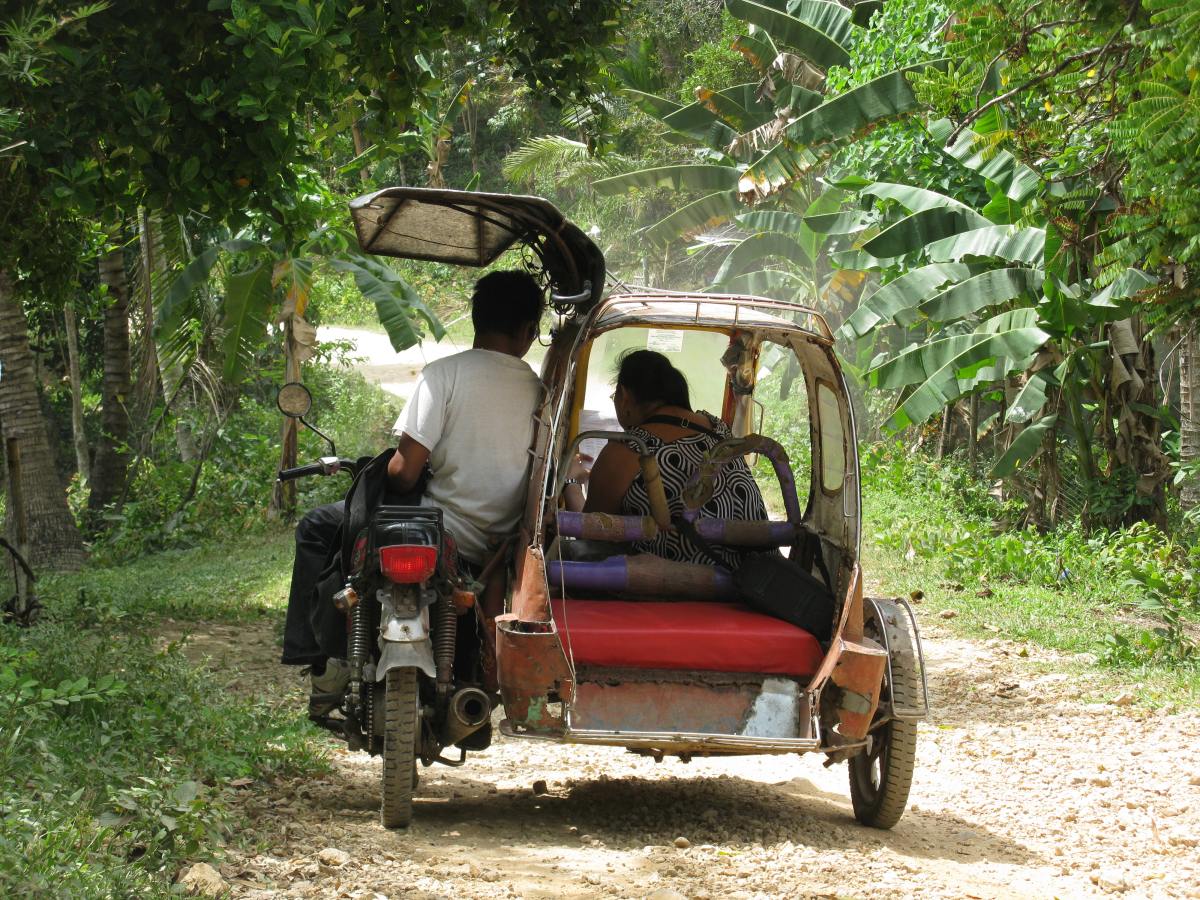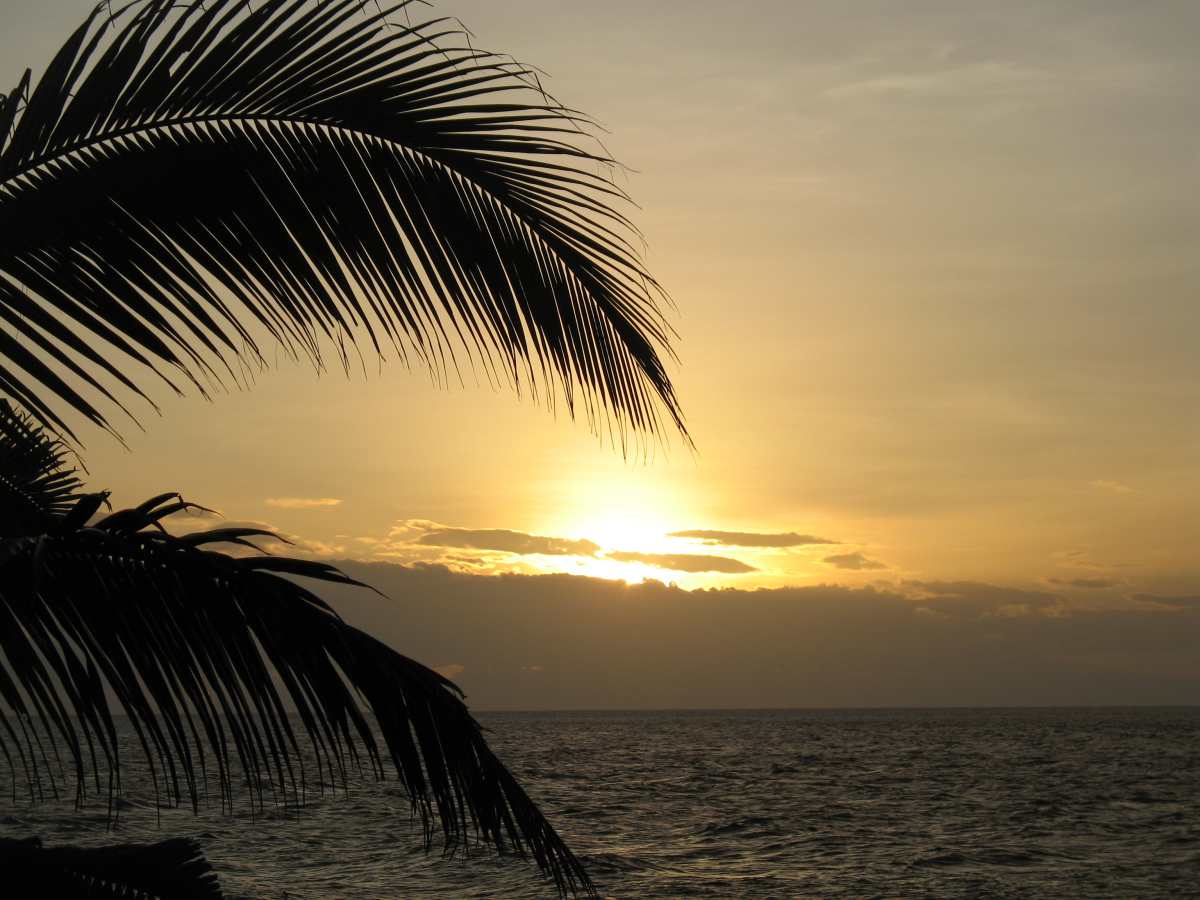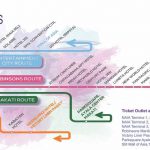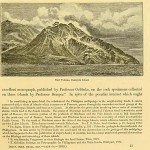Visit The Philippines – The original article had been written by .
When I read his article about the Caribbean, I had to laugh and saw so many parallels with the Philippines. I had to to adapt it to my own observations here on our small island in the Bohol sea.
Booking a trip to the Philippines seems simple enough. The islands are just a longer hop and then it’s sunshine. A 30 days visa-waiver is given for free. All you need to do is jump on a plane, hail a taxi, beach yourself on a patch of sand, and wait for people to start fanning you.
But as you’re happily, blissfully letting your guard down, you have to be prepared for a totally foreign experience. In this former American colony the rules are so different. First-time visitors naturally make a lot of mistakes, and even when you’ve been going for as many years as I have, you keep finding more to make. In hopes that you don’t, I’ll share with you the stuff you need to do (and not do) to make the most of your trip.












Really generic stuff that’s been said again and again on various blogs. Nothing new?
Hi Frank,
You are right, nothing new?
I am just now writing my little story “Ten years after” and yes there aren’t many things new to tell.
– I’ve seen 3 presidents. Nothing new!
– I’ve seen many new resorts in Boracay, Panglao, El Nido: Some things new!
– Cebu Pacific now flies now to many small islands. For some people new!
– And for you over in Cebu, the new terminal 2 being built just now. Soon being new!
The article I adapted to the Philippines, is intended for foreigners visiting the Philippines for the first time.
Of course, old-timers, longtime residents, like you and me, read such writing with a smile. Nothing new! Isn’t it?
Nothing new, but slowly progressing. It’s still more fun here.
Cheers, waebi
PS: If you’d like to contribute with more up to date information.
Consider to be invited. Send just a short message.